Eyewitness Identification
R. v. Bailey, 2016 ONCA 516, is an interesting case from the Ontario Court of Appeal on the perils of Eyewitness Identification.
Background
Bailey was charged with first degree murder during an attempted robbery. The mother of his victim identified him in court 2 ½ years after the alleged incident. Moreover, there was suggestion that the identification was improper because at other points in the criminal proceedings, most notably in the preliminary inquiry, the mother had testified that she was unable to identify the offender. The case involves an appeal of a conviction from the jury at trial, on the primary ground that the trial judge’s instruction on Eyewitness Identification was misdirection resulting in reversible error.
Analysis
The Ontario Court of Appeal finds in favour of the Appellant. The Court finds that it is not enough that a trial judge give model instructions regarding Eyewitness Identification. Instead, the instructions must be tailor made to reflect the particular situation before the jury. In this case, the Court found that it was not enough that the Judge urged the jury to give the Eyewitness Identification little weight and warned that it would be dangerous to rely on the Eyewitness Identification.
Instead, the Court ruled that in this case, the trial judge should have warned of specific dangers of the Eyewitness Identification evidence. These included the temporal gap in the original incident and the in court identification, earlier testimony by the victim’s mother that she was unable to identify the assailants, as well as the questionable nature of her claim that she was able to identify the appellant because she recognized his forehead.
There were other grounds of appeal in this case that the Court did not significantly address. On the question of whether the jury instruction regarding the “Jailhouse Informant” or the Vetrovec Instruction was proper, the Court reserves its verdict, finding it unnecessary to decide the appeal on this ground. Rather bizarrely, the Court goes on to suggest that the instruction was proper, and if anything if the instruction had been more “proper”, i.e. if the specific circumstances of the witness had been mentioned in this particular case it would have become clear that the dangers typically associated with jailhouse informants were less at play here, the jury would have been more likely to find against the Appellant.
This raises the question of whether the Court is suggesting that in situations unfavourable to the accused, instructions given to the jury regarding witness testimony may not need to be as context driven as in situations unfavourable to the accused.
On the Appellant’s suggestion that Crown Counsel’s closing comment, whereby it was pointed out that the Appellant did not introduce testimony from his friends or family for the purposes of alibi, had the effect of shifting the burden of proof and was improper, the Court notes that it does not think the comment was improper, and if it was it was significantly tempered by the Trial judge’s suggestion that the burden of proof rested at all times with the Crown.



